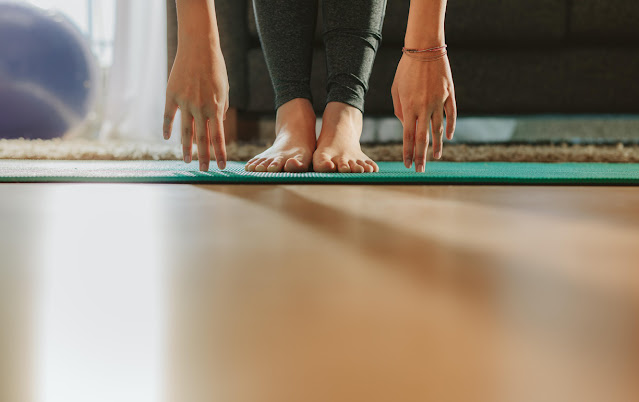Fitness Framework Part 2

By Adam Toffan, M.Sc, NSCA-CSCS, CSEP-CEP , Assistant Fitness Training and Assessment Coordinator, UM Recreation Services Last week in our fitness framework, I discussed some fitness recommendations, including 10,000 steps in a day and 150min of moderate to vigorous exercise in a week. In part 2 of our fitness framework series, I want to focus on higher-intensity workouts. While getting 10,000 steps is a great way to move through the day, it does not address the upper levels of our aerobic/anaerobic systems. There is a massive trend towards short, intense workouts with different terminology that sometimes get misused. In this blog, I want to explain the different types of intense workouts and how they are meant to be executed. Tabata The first exercise I want to talk about is Tabata. Tabata is a variation of high-intensity interval training and generally is meant to be very intense. Tabata is a short circuit of about 4 minutes with 20-second work bouts followed by 10 seconds of res


